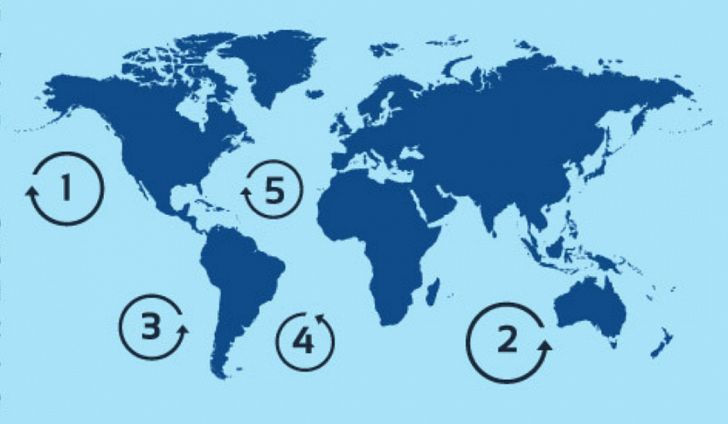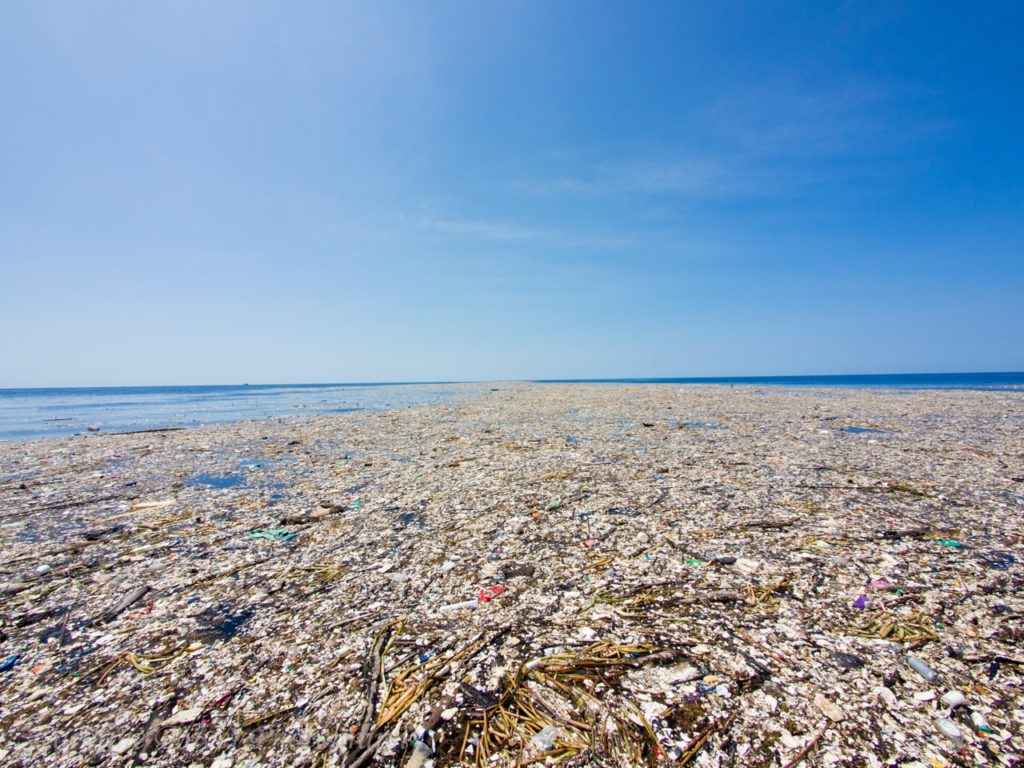At his college graduation party Ben Braddock, Dustin Hoffman’s character in “The Graduate”, was uncertain about what to do with his life. One of the party-goers offered some advice. He said, “One word: plastics,” which was probably good advice in 1967 when the movie was made. We use the damn stuff in everything and it has become a serious problem.
If you are a regular reader of this blog you already know I am not a big believer in global warming, to say the least. I subscribe to the Bjorn Lomborg school of thinking. In other words, while it may be getting slightly warmer, it is not such a massive problem that we need to destroy our economy in what is likely a futile attempt to prevent it. Also, there is a lot of junk science and outright misrepresentation of the facts oft repeated by politicians and the hard left to get people riled up. The schools are especially bad at brain washing the children.
If you want an environmental issue to worry about that is a real and more immediate threat than climate change, consider the five massive patches of plastics floating around in the oceans. The largest is the Great Pacific Garbage Patch between Hawaii and California. This is also called the Pacific Trash Vortex, caused by the interaction of several ocean currents. This floating mass of plastic is about twice the size of Texas and is larger than four other ocean garbage patches in the oceans of the world. These massive accumulations of floating garbage are formed by “gyres” or large systems of ocean currents that act like slow moving whirlpools.

Besides the GPGP (aka the South Pacific Gyre) the other major garbage patches are the North Pacific Gyre, the North and South Atlantic Gyres and the Indian Ocean Gyre. Garbage from coastal countries floats or is dumped into the ocean and the currents accumulate the stuff into these islands of mostly plastics. Of course, there are also fishing nets torn loose and lost that entangle turtles, fish and sea birds. Larger fish and mammals ingest some of the larger items that accumulate in their digestive systems and eventually kill them.

The bigger problem is the longevity of these plastics that take decades or hundreds of years to degrade. Wind, sun and wave action break them down to smaller and smaller fragments called micro plastics and eventually they enter the food chain through absorption by plankton and then to fish and finally to us. Reportedly 93% of Americans tested positive for BPA, another plastic used in bottles and other common products. No one knows the long-term effects of ingesting this stuff and the science on it is in its infancy.
A couple of years ago two grammar school kids became famous for starting a movement to ban plastic straws. Seattle quickly banned the things followed by California*. Of course, straws are the least of the plastic crap dumped into the garbage that makes its way into our oceans. 35 billion water bottles enter each year, joining some 500 billion already there. These suckers take hundreds of years to deteriorate into what? Particles so small they cannot be seen or removed! China and Indonesia account for 20 of the plastics dumped each year; the US ranks a very distant 13th on the list of top polluters. Only 9.5% of plastic bottles are recycled.
The US has spent $350 billion so far combating global warming (climate change) and will spend $35 billion per year for the next decade. Much of that is pissed away. (Think Solindra and the others where Obama wasted $780 million).
Damage to marine ecosystems is estimated to cost $13 B per year, no doubt less that it would cost to make a massive effort to round up the floating garbage patches and haul them to recycling or incineration. They estimate that it would cost $122M to $460M to hire the boats per year to send them to scoop up the GPGP, a mere fraction of the annual expenditures on climate change**.
There can be arguments made that climate change is natural and not man caused but there can be no argument that the floating ocean garbage patches are the responsibility of humans.
Let’s clean up our own mess.
*Seattle’s plastic straw ban was later overturned to accommodate people with disabilities. Plastic straws must now be provided on request.
**Editor’s note: it was my idea that a floating incinerator be sent out to the garbage patch and use the energy from the burned waste to power the boat. Of course, filters would have to be put on the smokestacks to avoid creating air pollution while cleaning up the water.
